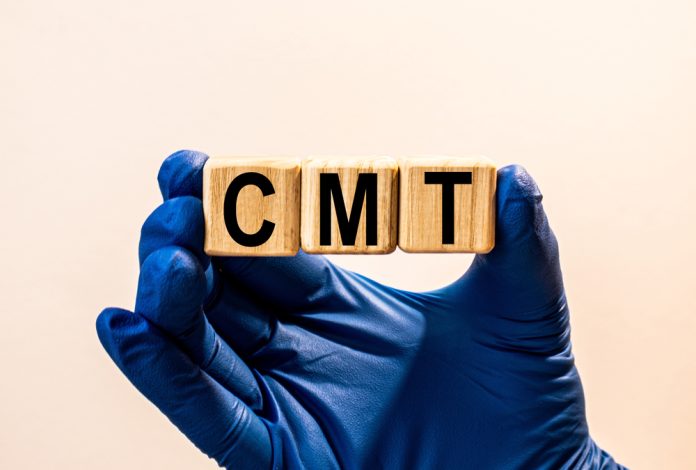In the UK, some 25,000 people are thought to have CMT (Charcot-Marie-Tooth disease), making it the most common inherited neurological condition.
However, many people are not aware of CMT disease, even within the medical profession, which can make everyday living and early medical diagnosis more difficult.
In a recent survey created by charity CMTUK, of over 300 respondents living with CMT in the UK, 67% felt that less than 10% of the UK population has heard of CMT disease.
That’s why the charity CMTUK has made it their mission to increase awareness of the disease, especially during October’s CMT Awareness Month.
What is CMT disease and what are some of its most common symptoms?
CMT is an inherited neurological disease that affects the peripheral nerves. Due to nerve damage, people with CMT disease may find that their muscles, particularly in their hands, arms, feet and lower legs, become weaker over time, and the sense of feeling can become dull or numb in the same areas, and balance is often affected
Foot drop is also a common symptom, where the front part of the foot can’t be raised due to weakness. CMT can also result in foot or hand deformities, which may need to be corrected with aids (orthotics or hand splints) and, in some cases, surgery.
In the recent CMTUK survey, 30% of people felt their CMT conditions started progressing before they were 20 years old, with the hardest symptom to deal with being muscle weakness (38%), followed by fatigue (16%) and foot drop (13%).
33% of survey respondents said they have had foot surgery, and 41% said they have regular appointments with a podiatrist. However, 70% felt that their GP had limited knowledge of CMT, and 14% felt that their GP did not know of CMT disease.
CMTUK’s Chief Executive, Simon Bull, said, “As the UK’s only dedicated charity supporting people living with CMT disease, we know firsthand from our members that increasing awareness of CMT makes a huge difference to them.
“For example, it can help work colleagues, family, and friends better understand the condition and how it affects them.”
He continued: “The medical profession isn’t as aware of the condition as we would wish them to be, with 70% of survey respondents feeling that their GP has limited knowledge of CMT, which makes it harder to get an early diagnosis and treatment.”
Awareness and helpful information for those living with the condition
There are over 120 variations of CMT: no two people experience CMT disease in exactly the same way, even if they have the same type, which makes it harder for medical professionals to diagnose and can lead to isolation.
CMTUK’s website and social media channels offer everyone access to a range of helpful leaflets. Our members are also given an alert card explaining the symptoms of CMT, which is ideal for attending medical appointments or in a medical emergency. CMTUK also supports the medical profession with any support and information they may need for their patients.
“Although there isn’t currently a cure for CMT, it is an exciting time with research and trials going on across the world, including the UK,” Bull explained.
“When people get a diagnosis, they may be able to participate in these trials, helping get closer to a cure. They can also join our CMTUK community, our online groups, conferences, and other events.”
“Last October, our charity, CMTUK, moved from a subscription-based membership ‘fee’ to a discretionary donation-based membership to reach more people affected by CMT and remove any barriers to those seeking the charity’s support.”
He concluded: “This resulted in a 25% increase in membership, allowing us to support 100s more people living with CMT in the UK. This year is our biggest CMT Awareness Month yet, with more members joining and many initiatives to spread the word of CMT.”
For more information about CMT and CMTUK, visit www.cmt.org.uk








